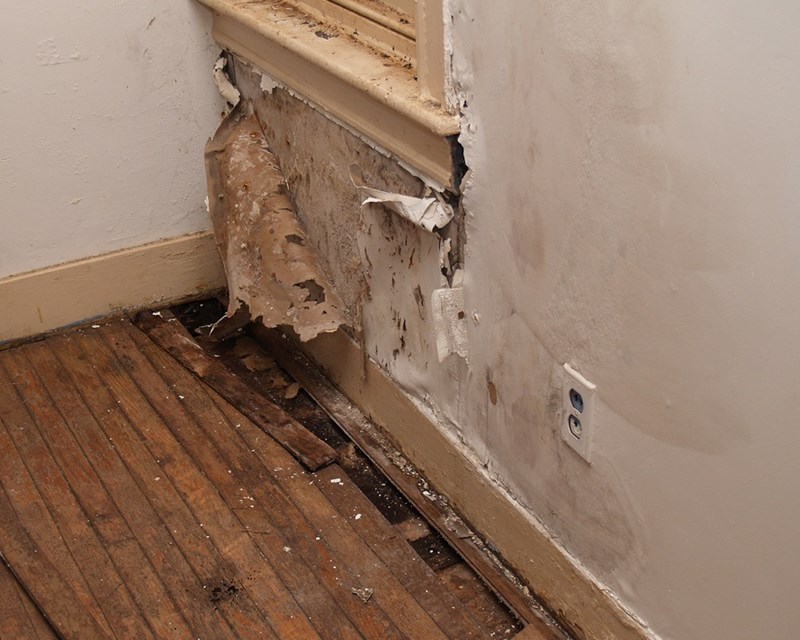Everyone maintains their own assumption about Looking for Signs of Water Damage in the Bathroom.

The washroom is exceptionally prone for moist accumulation and also prospective water damage as a result of the regular use of water in it. This write-up uses simple examination methods to help identifying water damage hazards.
The constant use of water in the washroom makes it incredibly at risk for damp accumulation and also potential water damages. By examining it consistently, you can reduce water relevant damages.
The following collection of evaluations is very easy to carry out and also ought to be done as soon as in every three months in order to maintain your bathroom healthy and also to avoid possible water damages brought on by the bathtub, the shower, pipeline joints and plumbing, sinks, cupboards, and also the bathroom
Do not forget carrying out these examinations and be complete while executing them. Keep in mind that these basic inspections can save you a great deal of money by supplying very early indications for water damages
Bath tub and Shower
The shower as well as bath tub require unique focus and maintenance. Examine the tiles and replace if fractured. Make sure that there is no missing cement in between the tiles. Examine and also change cracked caulking at joints where the walls fulfill the flooring or the bathtub. Blocked drains pipes and also pipelines problems will stop the bath tub from drying and may suggest significant troubles beneath the bathtub. Talk to a specialist promptly to stop structural damage. Take note of discolorations or soft locations around the bath tub wall surfaces as they might show an internal leak.
Plumbing
Signs for water damage are hard to discover considering that the majority of pipelines are mounted inside the wall surfaces.
Pay unique attention to flooring and walls moisture and spots as they may suggest an undetectable plumbing trouble. Examine wetness levels in adjoining rooms too.
Sinks and also Cabinets
Sinks and also cupboards are subjected to moisture and moisture day-to-day as well as are typically forgotten. Check on a regular basis under the sink as well as on the counter top above it. Fix any kind of drip in the catch as it might recommend drain problems. Look around the sink, slow-moving draining pipelines may indicate an obstructed drain. Replace sink seals if they are fractured or loosened.
The Bathroom
The toilet is an at risk water joint. Check the water lines and also search for leakages around the toilet seat, in the pipe, and under the water storage tank. If you detect any type of indicators of moisture on the flooring around the toilet, check for leakages in the toilet rim as well as container seals.
Understand that hanging bathroom dish deodorants boosts the chances for blockages.
Water Damage Signs In The Bathroom To Avoid Cleanup
Musty smell
This is one of the easiest signs to catch because musty smells are so odorous. The damp, earthy, moldy smell should be a big red flag. The smell will develop when moisture gets trapped in surfaces, and begins to facilitate mold growth. Leaking pipes under cabinets, inside walls, and behind shower fixtures will cause moisture to stay trapped and not dry, which will lead to mold growth and spread. As soon as you notice any musty smells in your bathroom, have it checked for hidden water damage and cleanup signs.
Visible mold
If the smell isn’t there to give it away, sometimes you will actually see mold growth. Finding mold in your bathroom is a serious problem, because mold is very harmful to your health. By the time mold growth is visible, it also means that water damage has already occurred and been present for some time. The only way the mold problem can be resolved is to find the source of the moisture and get it stopped. To safely and adequately remove mold, you need to have professionals handle the remediation. Do not waste any time in getting mold problems addressed, fixed, and sanitized so that you can protect you and your family from the many respiratory symptoms caused by mold exposure.
Damaged floors
Bathroom floors should be able to withstand some exposure to water while still remaining in good condition. However, when excess exposure or water leaks occur, they will begin to damage even the most water-resistant flooring. If you notice any cracking, bubbling, staining, or warping on your bathroom floors, there is probably a water leak somewhere causing the distortion. If you notice areas of the floor have become softer, or even have a spongy feeling, there is probably damage to the subfloor. Subflooring is typically made up of plywood. When plywood is exposed to water or moisture, it will absorb it. Once it has become saturated, the weight of the excess water will cause the wood to swell and soften. Check the floors in your bathroom frequently to catch any of these sings before they lead to damaged subflooring.
Changes on walls
When water leaks behind walls, it will cause changes in the drywall. Peeling plaster, blistering paint, and soggy wallpaper are all good indicators that excess water is building up behind the wall. Water leaking behind drywall will cause it to swell and be soft to the tough. If you start to notice gaps along the trim of your walls, or where tile meets the wall, it could also be a strong indicator that there is a leak behind the wall. Any changes, distortion, or damage on the walls should be evaluated as soon as you notice it to prevent further water damage and cleanup.

As a fervent person who reads about How to Repair and Prevent Bathroom Water Damage, I thought sharing that topic was important. Appreciated our write up? Please share it. Help others discover it. Thanks for your time. Please come visit our blog back soon.
Schedule An Appointment